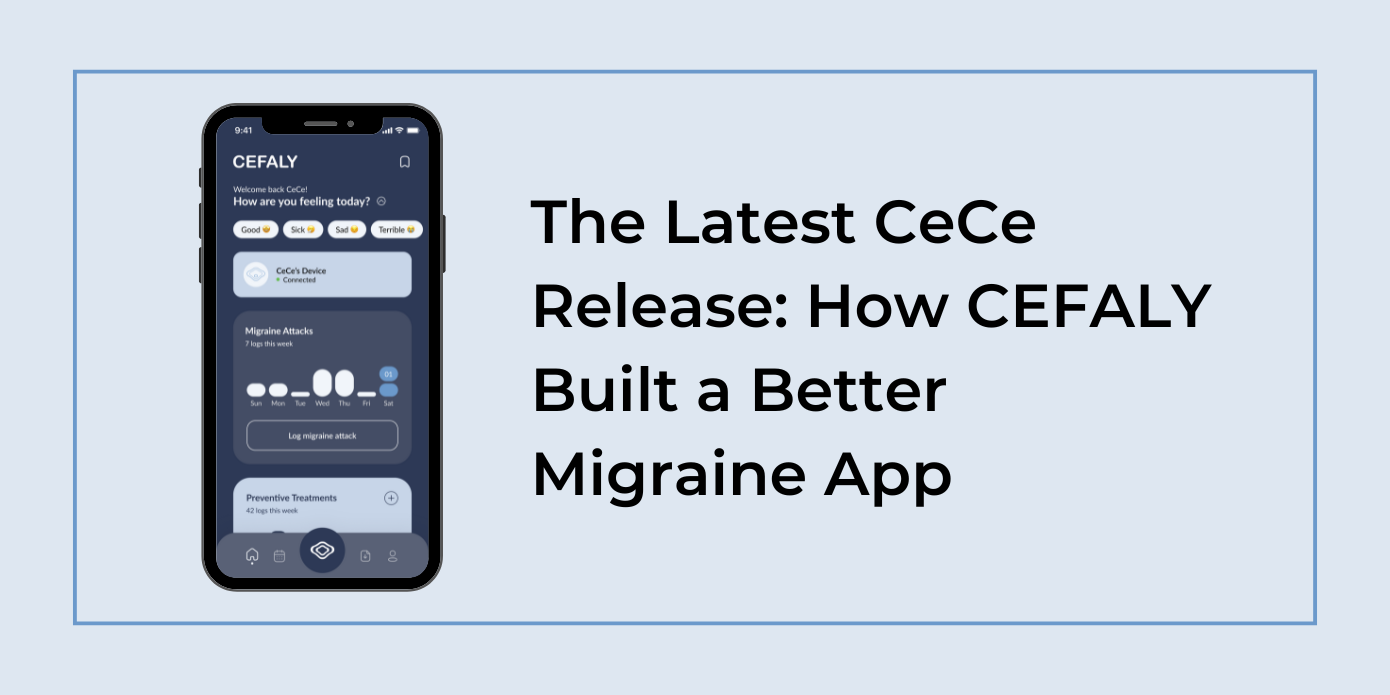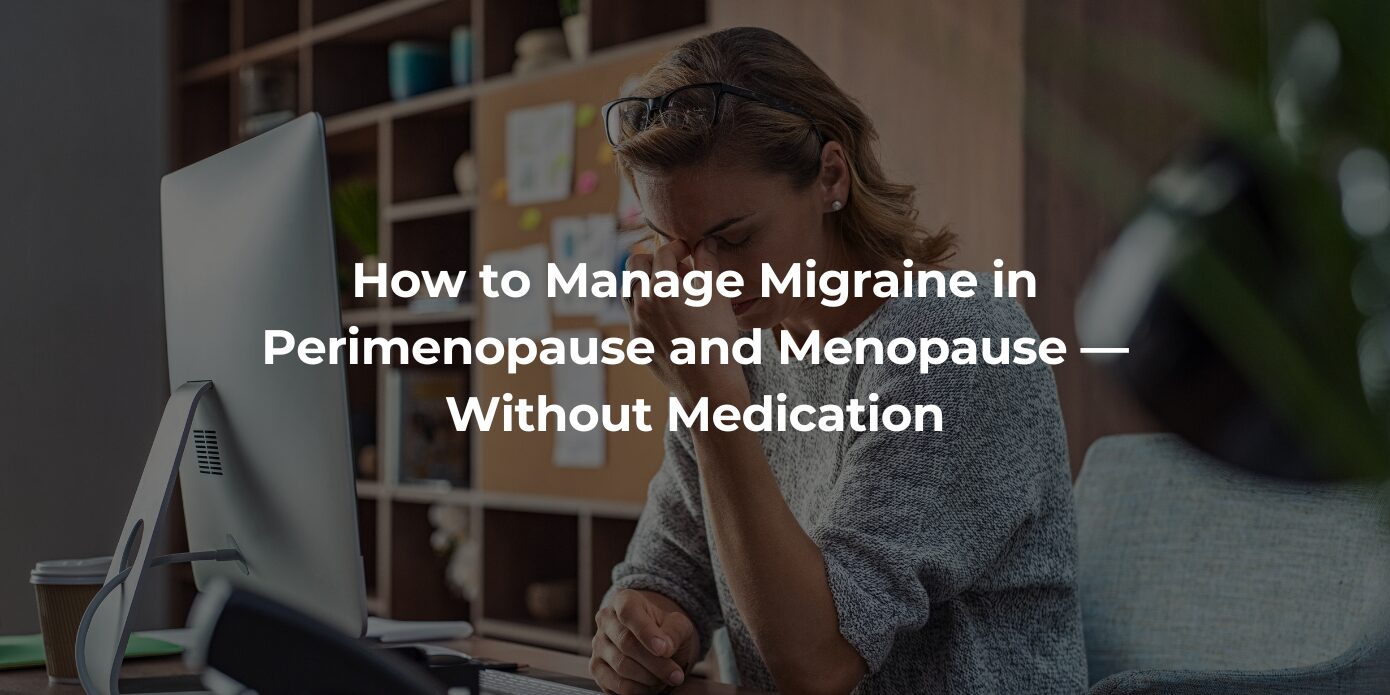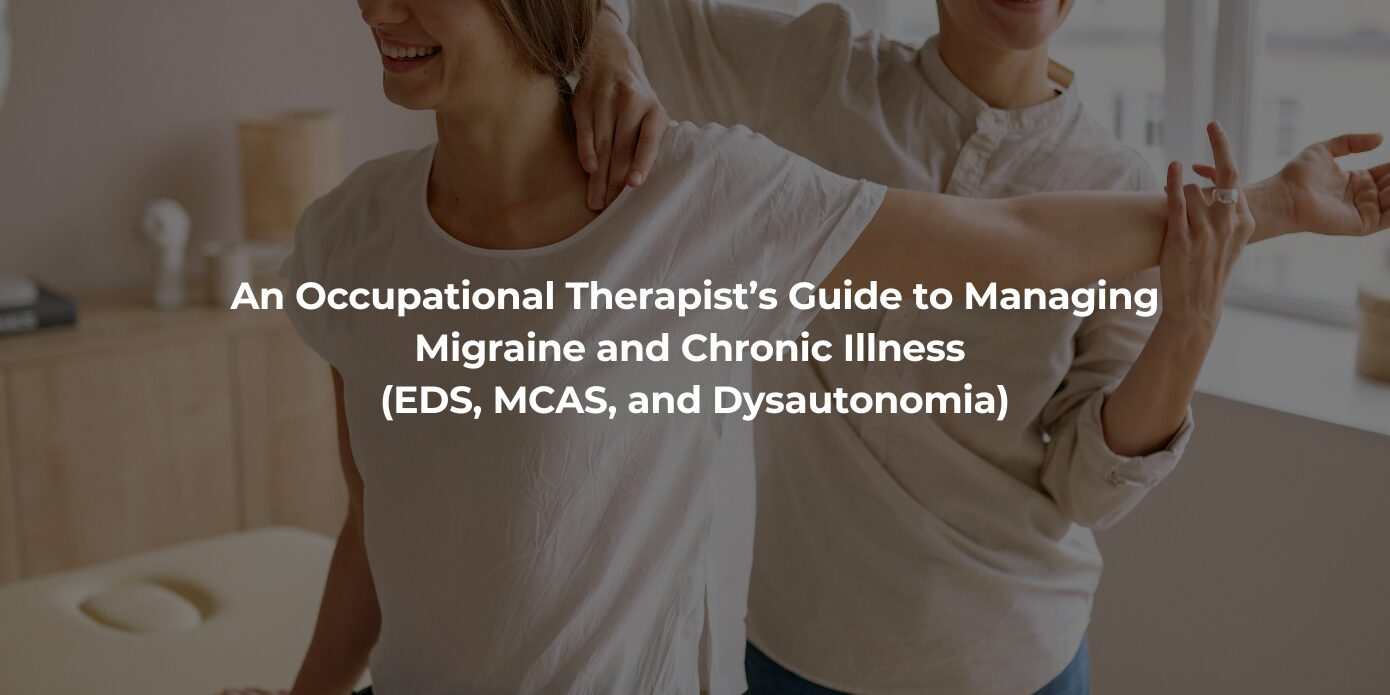Your head is getting sensitive. You don’t feel like yourself. You hope maybe, this time, it’s nothing.
Thirty minutes later, that sensitive feeling has turned into a full-blown migraine attack. Now, you urgently need to know: What’s the fastest way to relieve this migraine pain? You can alleviate migraine pain quickly with a combination of approaches, such as using ice packs, ginger, caffeine, frozen drinks, OTC pain relievers, prescription abortive migraine medication, and CEFALY’s ACUTE program.
Learn more about these 7 tips for how to stop a migraine fast:
- Ice packs
- Ginger
- Caffeine
- Frozen drink
- OTC pain relievers
- Prescription abortive migraine medication
- CEFALY’s ACUTE program
7 Ways to Stop a Migraine Fast
Please note that this post isn’t intended to serve as medical advice. Every person with migraine is different, and you should talk to your healthcare provider about the best and fastest ways to manage migraine pain.
1. Ice packs or other cold therapy
A cold compress or ice pack provides reliable migraine pain relief for many people. If you typically place a cold pack on your forehead, try it on the neck to see if that’s more effective. One study found that applying a frozen neck wrap to the carotid arteries in the neck at the start of a migraine headache significantly reduced pain. Some people also find that heat therapy, whether applied to the head or elsewhere, can be helpful.
2. Ginger
Have you ever tried ginger for fast migraine relief? Ginger — whether brewed as tea, concentrated in a supplement, blended in a smoothie, or consumed another way — is a go-to for many people in the early stages of a migraine, as it can help with both pain and nausea. One randomized clinical trial found that ginger extract helped with pain reduction for ER migraine patients when combined with ketoprofen. But it’s not effective for everyone; many migraine patients say ginger doesn’t do much for them.
3. Caffeine
The link between caffeine and migraine is still being explored. For some people, caffeine is a migraine trigger. For others, it can help relieve migraine pain. As the Harvard Health blog explains, “People prone to migraines may experience more headaches after coffee consumption (perhaps by effects on serotonin or brain electrical activity), but coffee itself, or the caffeine it contains, is not considered the actual cause of migraines.” Long story short: Some people swear by caffeine for fast migraine pain relief, whether from a cold Coca-Cola or an over-the-counter pain reliever with caffeine.
Get Drug-Free Migraine Relief With CEFALY
Shop Now
90-day money back guarantee
FDA-cleared
financing available
4. A vanilla milkshake or other frozen drink
Some people, when they feel a migraine attack coming on, immediately hit up the nearest drive-thru or ice-cream shop for a vanilla milkshake. The intense cold may result in some migraine relief.
(Did you know that sensitivity to brain freeze — that unpleasant feeling you get when cold liquid contacts the roof of your mouth — is linked to migraine? One study found that women who had experienced one or more migraine attacks in the last year were twice as likely to experience a headache from ingesting ice-cold water, compared to women who had never had migraine.)
5. OTC pain relievers
“Combination analgesics containing aspirin, caffeine, and acetaminophen are an effective first-line abortive treatment for migraine,” states American Family Physician, which also rates ibuprofen safe and effective for acute migraine treatment. However, frequent use of certain pain medications — especially those combination painkillers — can trigger a medication overuse headache, also called a rebound headache.
To avoid medication overuse headache, the Mayo Clinic recommends using OTC painkillers on fewer than 14 days a month. Limit your use of triptans or combined pain relievers to no more than nine days a month.
6. Prescription abortive migraine medication
Triptans are often prescribed for migraine with moderate to severe pain intensity. Triptans (serotonin receptor agonists) act directly on pain nerves, and should be taken at the onset of an attack. They usually bring some migraine relief within two hours. Other types of abortive medications include CGRP antagonists, ditans and ergots.
7. CEFALY’s ACUTE program
CEFALY is an FDA-cleared, non-invasive medical device that offers clinically proven, drug-free migraine pain relief. In one major clinical study, 79% of acute migraine sufferers saw pain relief following one hour of migraine treatment with CEFALY.
CEFALY can be a good option for migraine relief if:
- You can’t tolerate the side effects of medication
- Medication doesn’t fully address your symptoms
- You want to add a non-drug migraine treatment to your toolkit
- Insurance doesn’t fully cover your medications
- You want a migraine treatment device you can use whenever you need it, instead of being limited by the need to refill a prescription
Best of all, CEFALY feels good! It works by sending gentle, precise electrical impulses to the trigeminal nerve, the primary pathway for headache pain. Start the 60-minute ACUTE program at the earliest sign of a migraine attack. CEFALY’s PREVENT setting can be used daily to reduce the frequency of migraine attacks.
Curious about CEFALY? You can try it risk-free for 90 days. Order your device today!
Try CEFALY risk-free for 90 days



